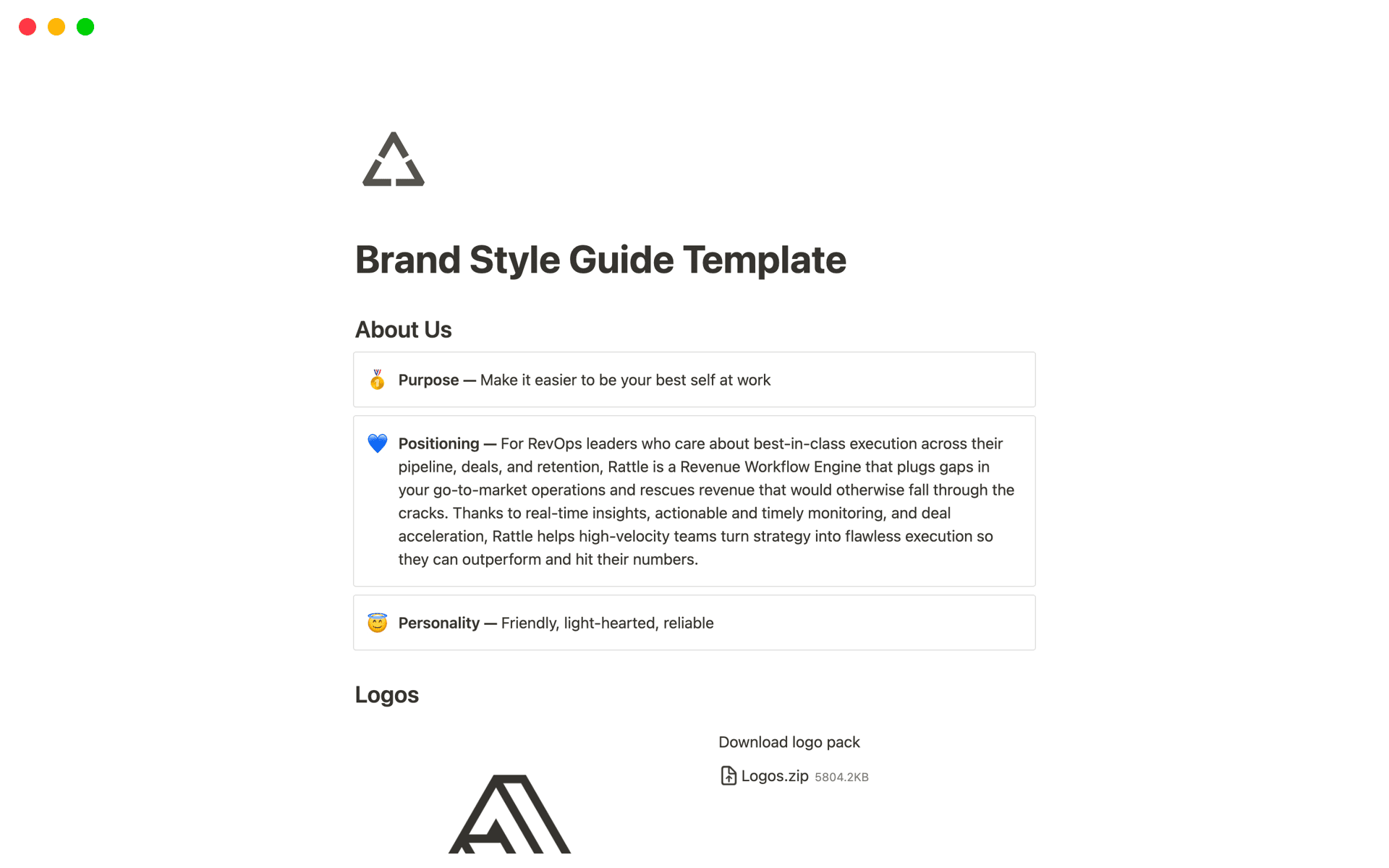Design systems serve as a centralized resource containing guidelines, methodologies, and components to maintain brand coherence across products and platforms. For researchers, a well-structured design system can significantly streamline the process of gathering insights, ensuring consistency in user experience research, and facilitating clearer communication among team members. Utilizing a Design System template in Notion can help organize this wealth of information, making it easily accessible and adaptable according to the evolving needs of research projects.
Before embarking on the creation of your own Design System template, it might be beneficial to examine the following examples. These templates have been crafted to aid in the organization and dissemination of comprehensive design guidelines efficiently.
What Should Design System Templates Include?
Choosing the right Design System Template can streamline your research and design process significantly. Here are key components to look for when selecting a template:
Comprehensive UI Components - Ensure the template includes a wide range of UI elements that are versatile and customizable to fit different design needs.
Style Guide Documentation - Look for templates that provide detailed documentation on style guides, including typography, color schemes, and usage guidelines.
Integration Capabilities - A good template should support integration with popular design tools and platforms to enhance workflow efficiency.
Accessibility Features - Check for templates that emphasize accessibility, ensuring that designs meet standard compliance and are user-friendly for all audiences.
Selecting a template with these components will not only save time but also ensure consistency and quality in your design projects.
What Should Design System Templates Avoid?
Choosing the right Design System Template is crucial for ensuring efficiency and clarity in your projects. Here are a few components to steer clear of when selecting a template:
Overly Complex Structures: Avoid templates that feature convoluted categorizations or excessive layers that can confuse rather than clarify.
Non-Scalable Elements: Templates should be flexible and scalable. Avoid those that do not allow easy modifications or additions as your project grows.
Generic UI Components: Steer clear of templates with overly generic designs that do not offer unique or adaptable UI components suitable for specific project needs.
Selecting a template devoid of these pitfalls will ensure a smoother workflow and a more effective design system.













